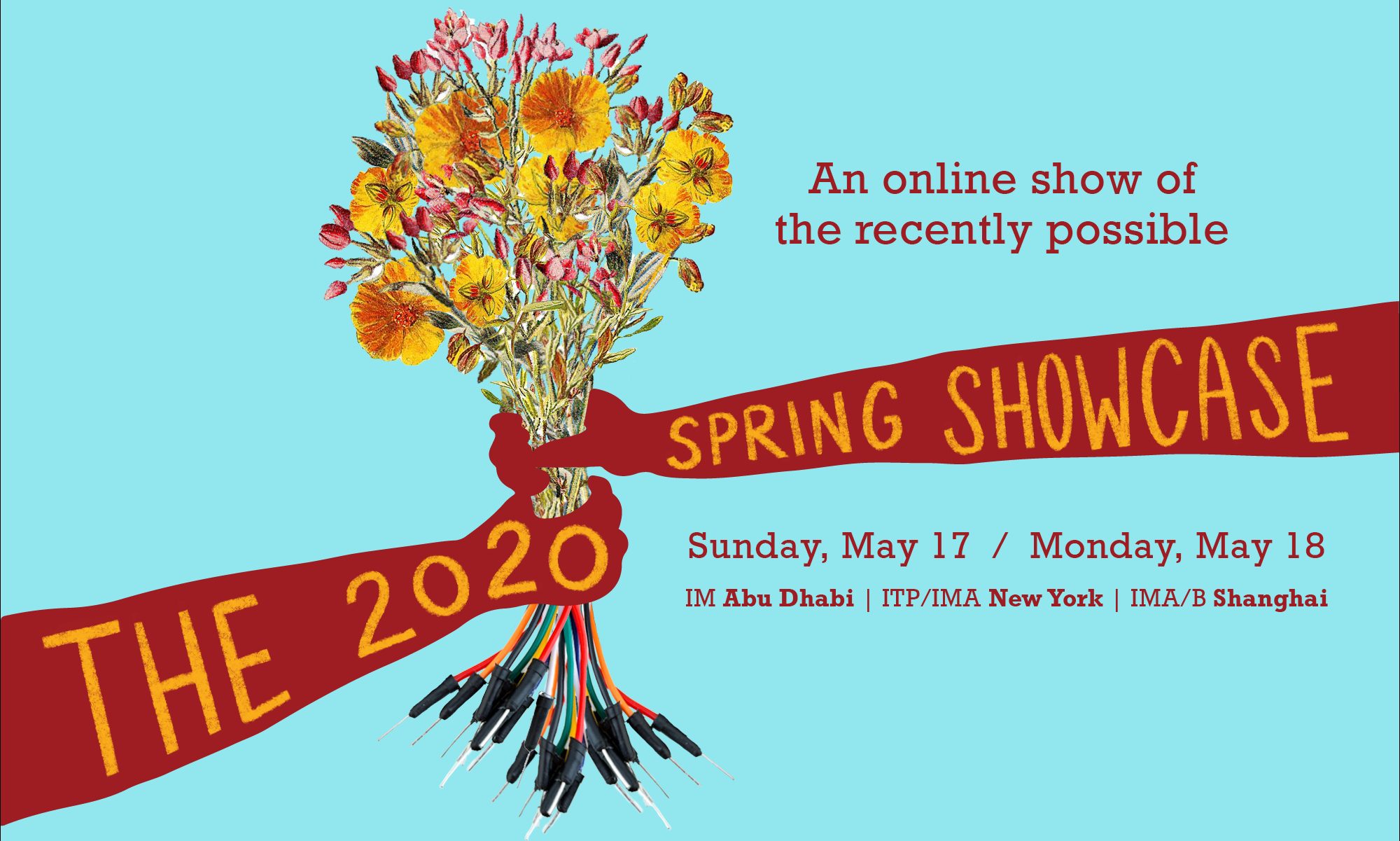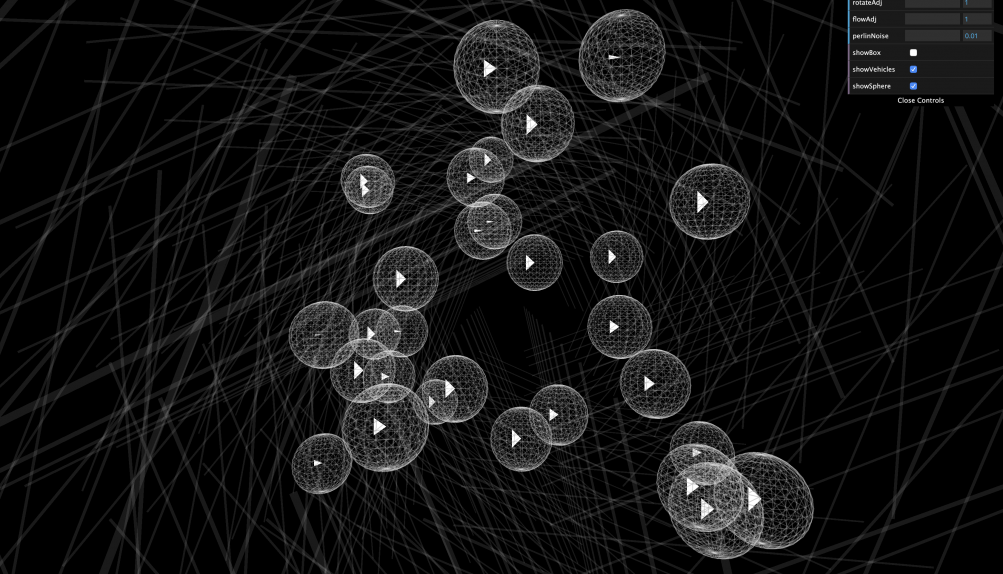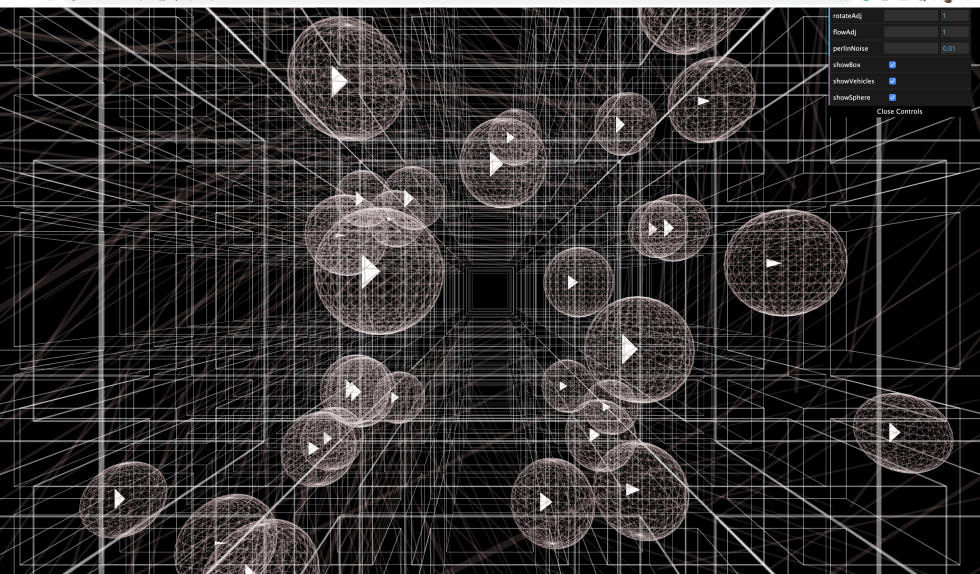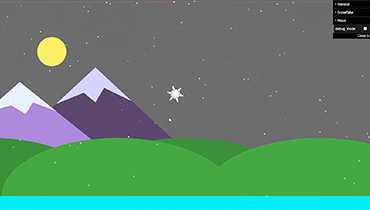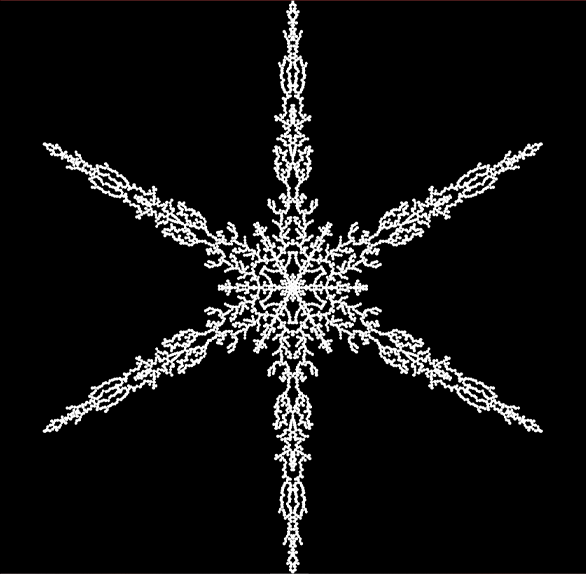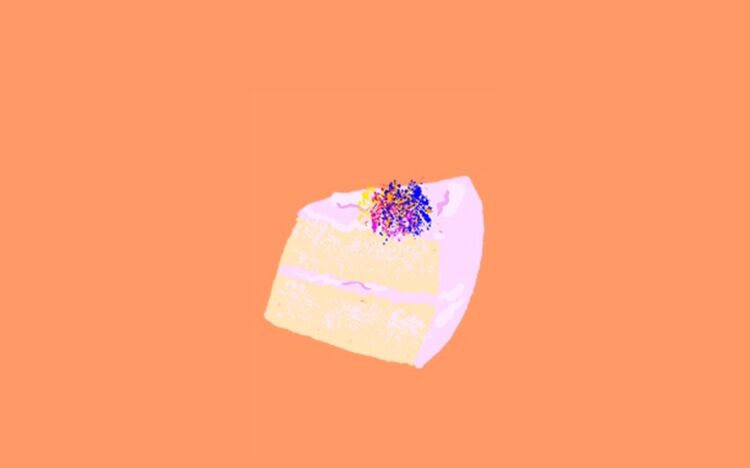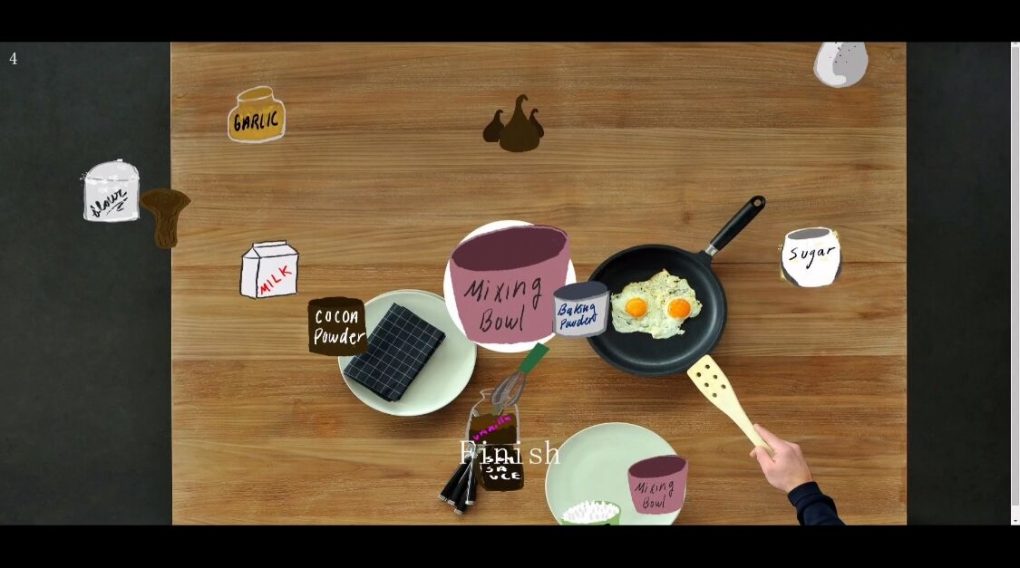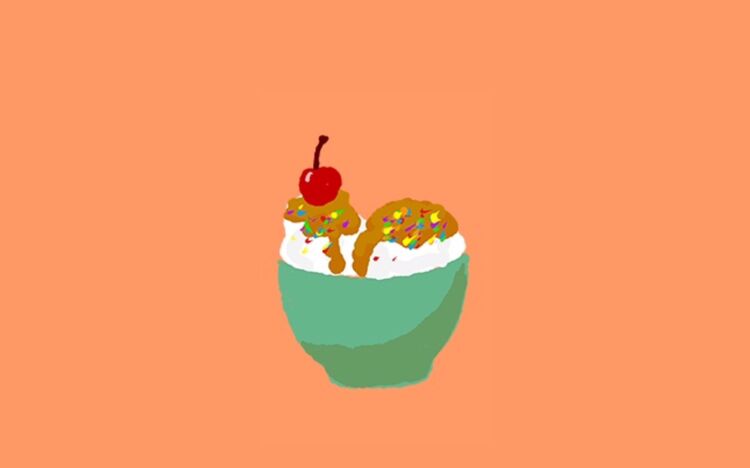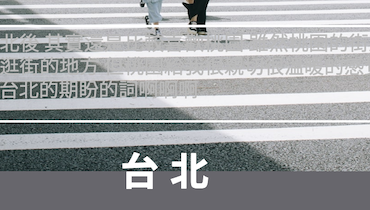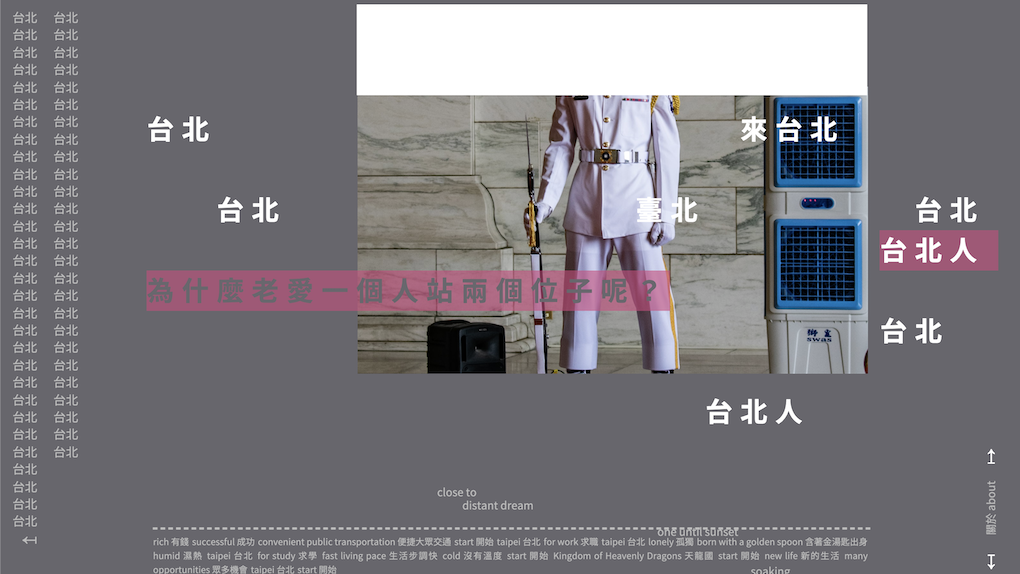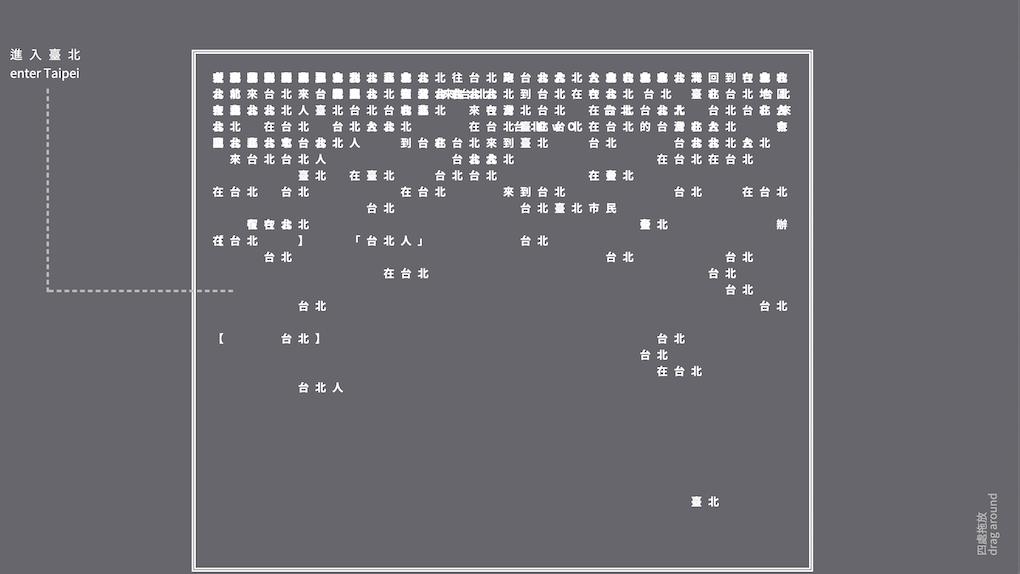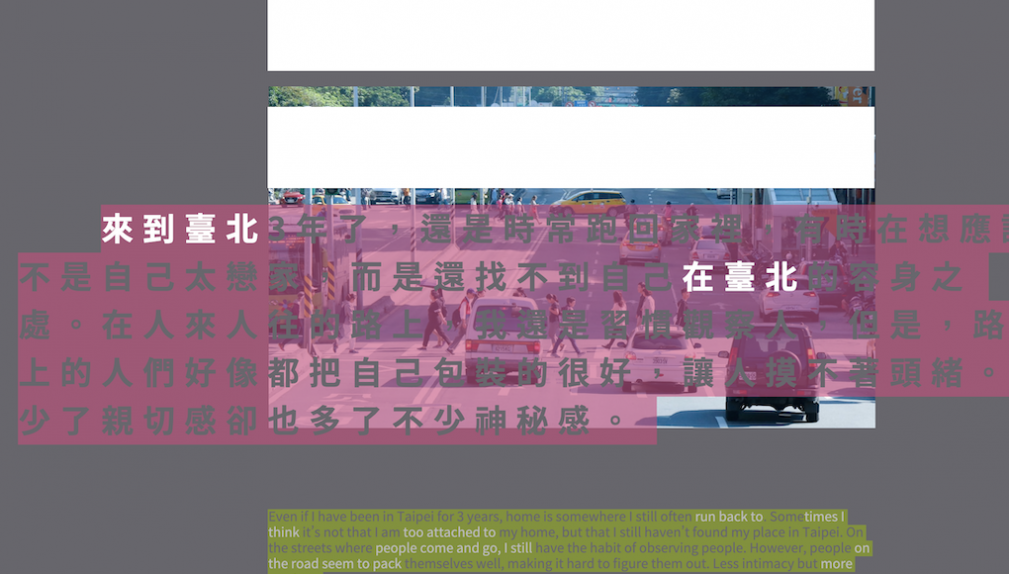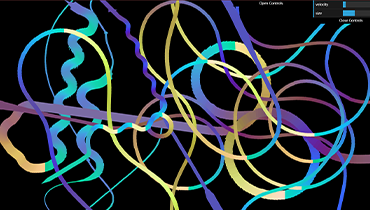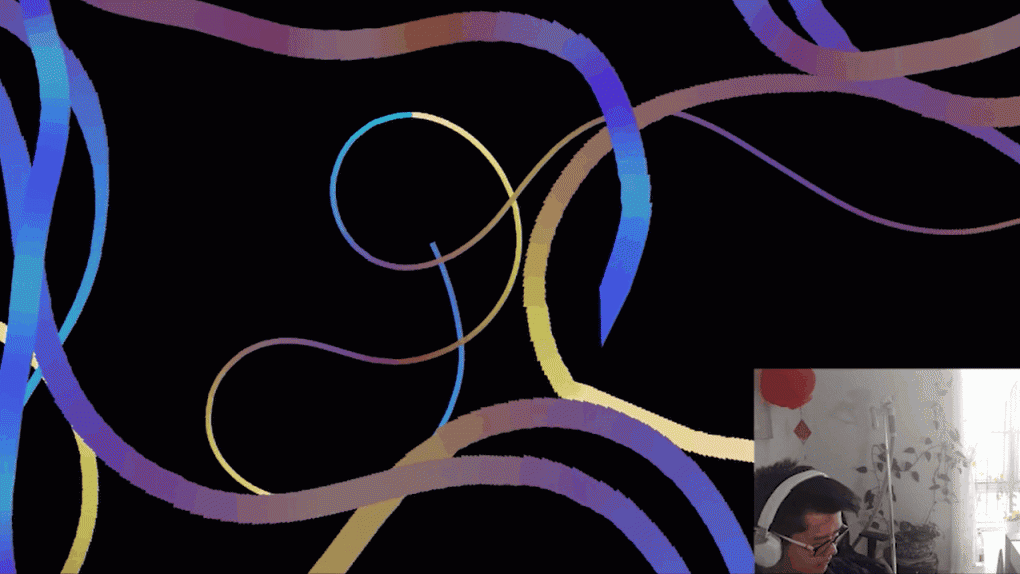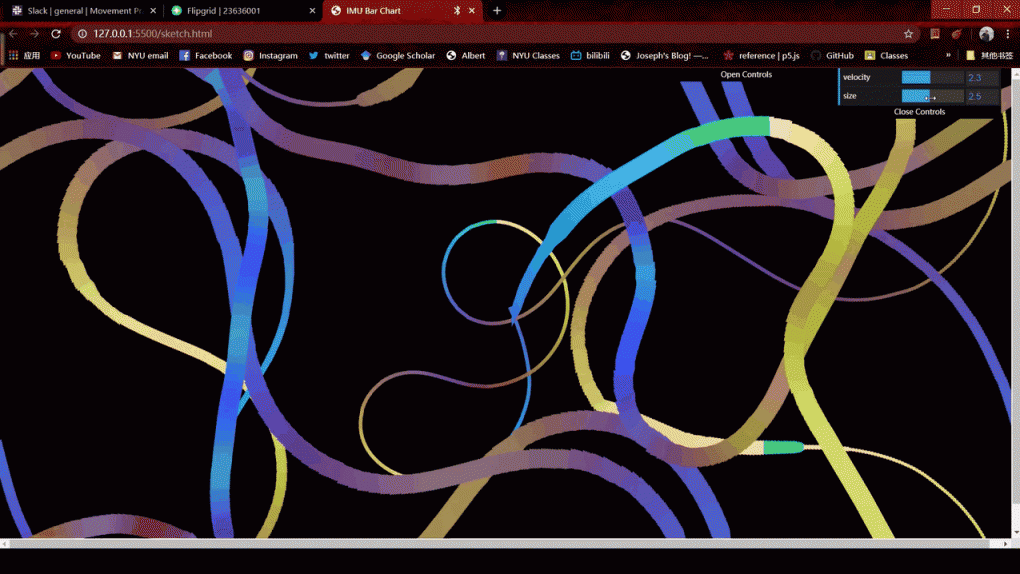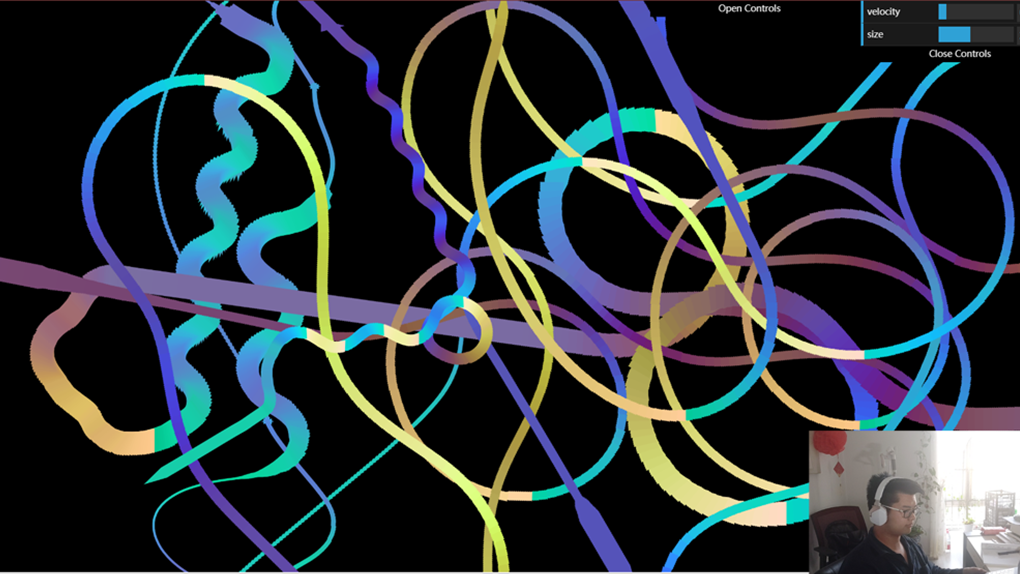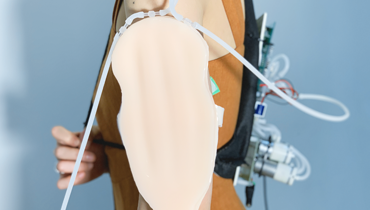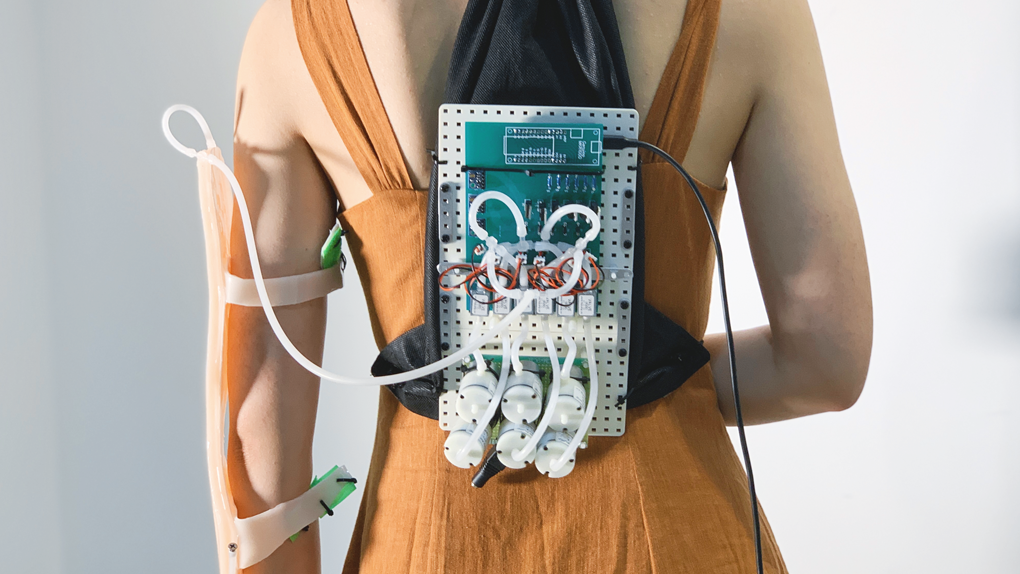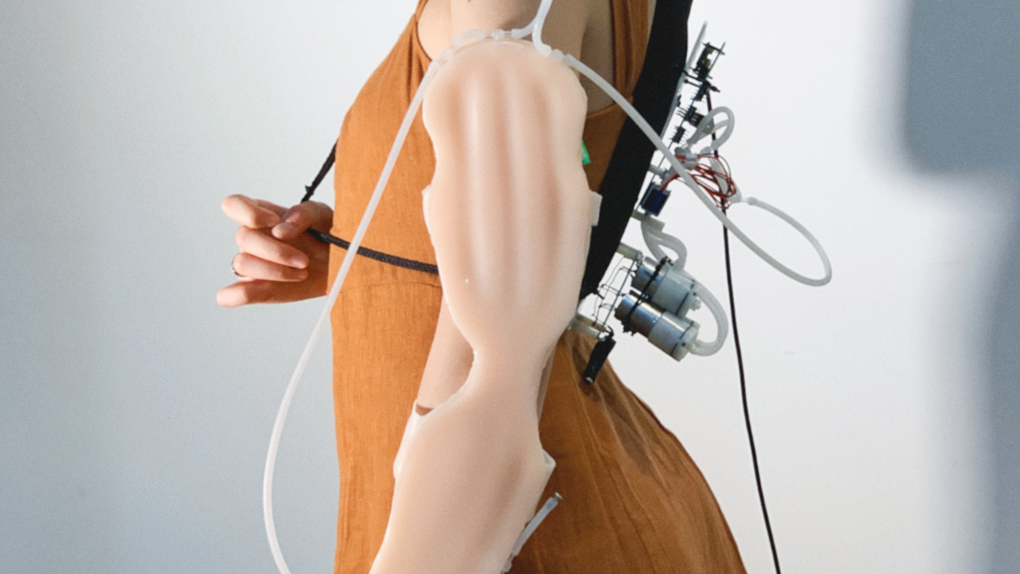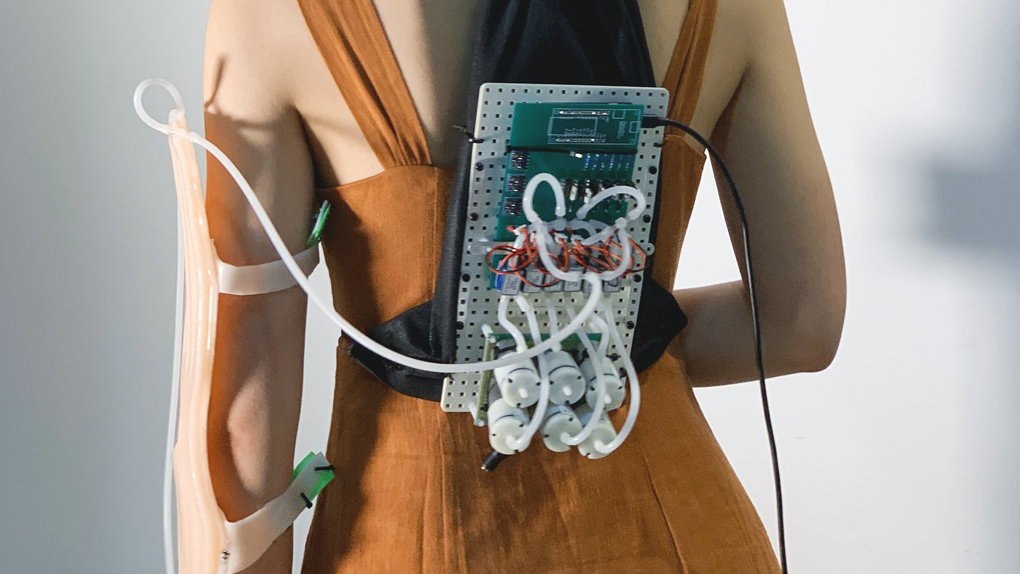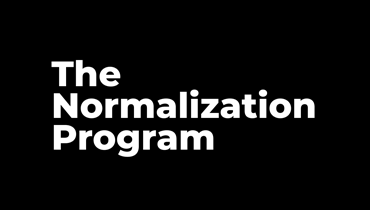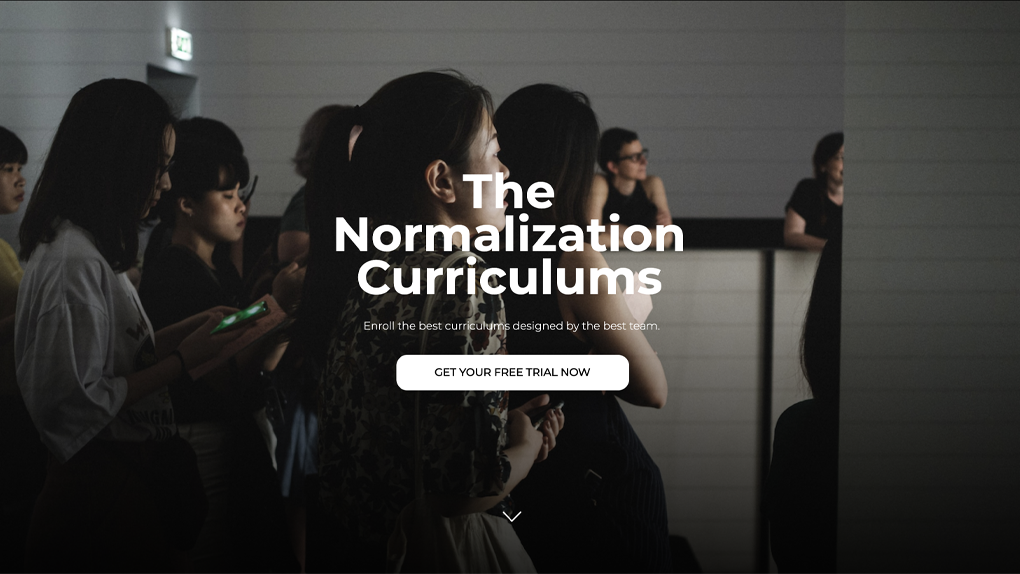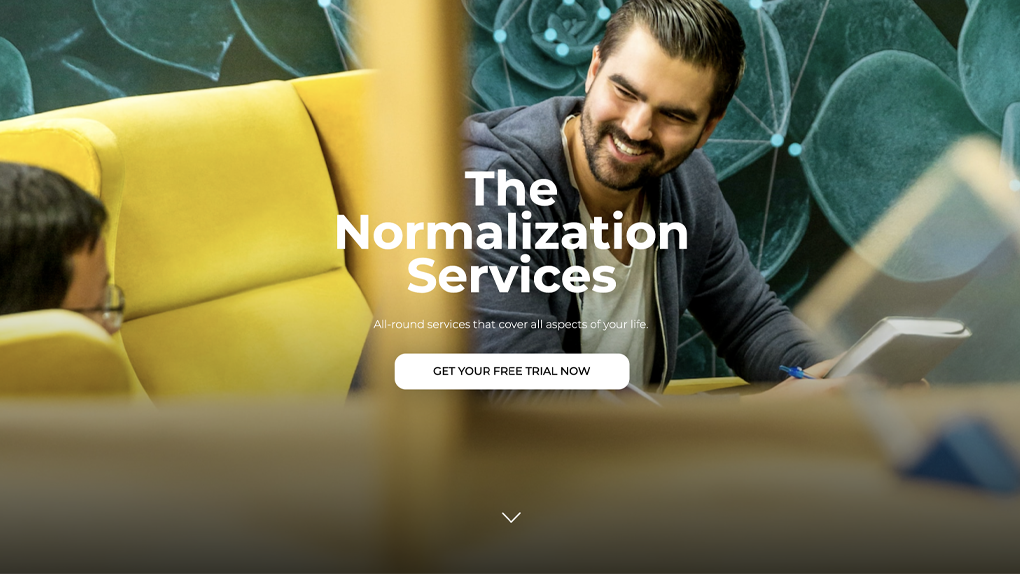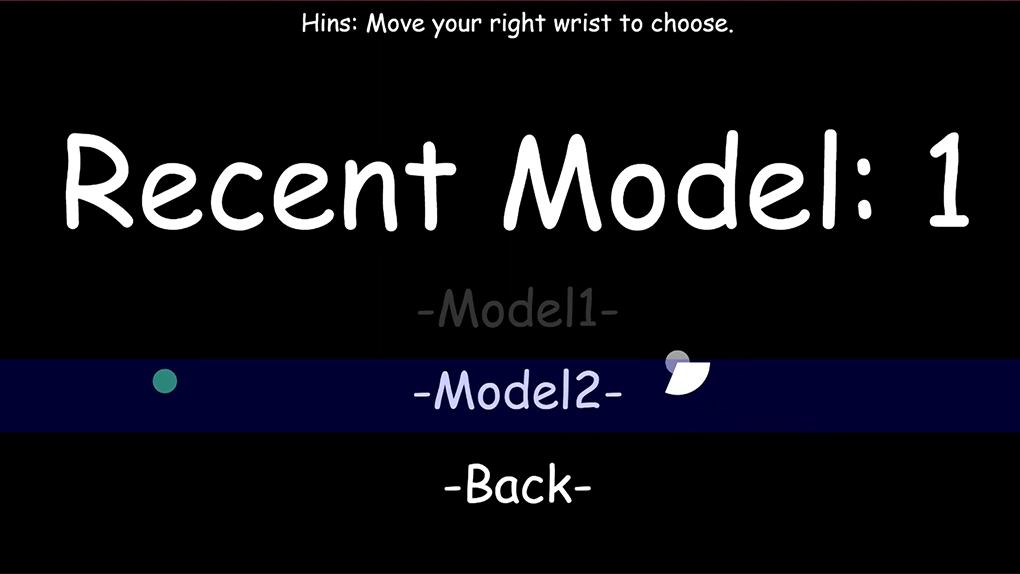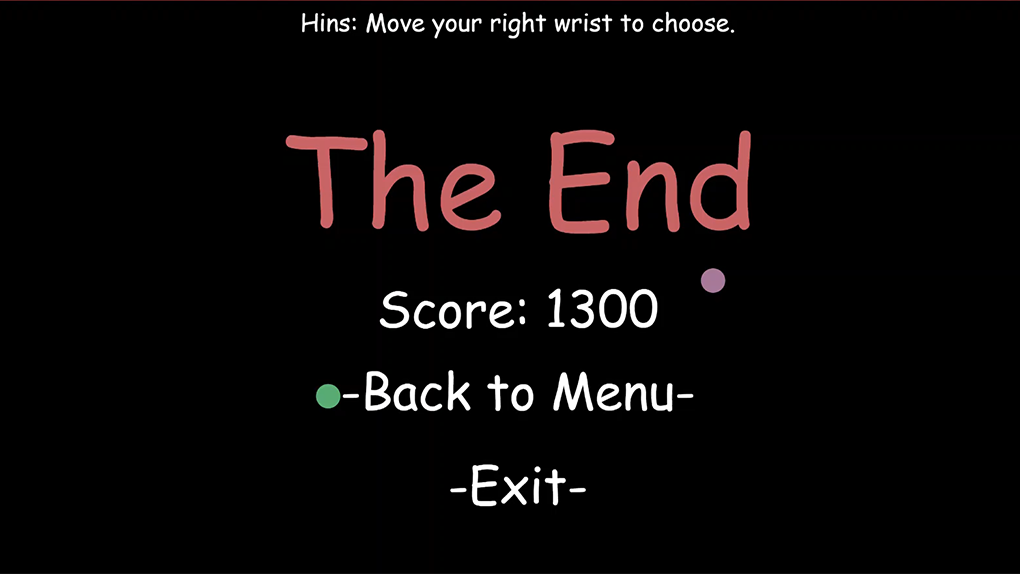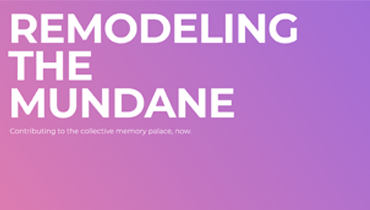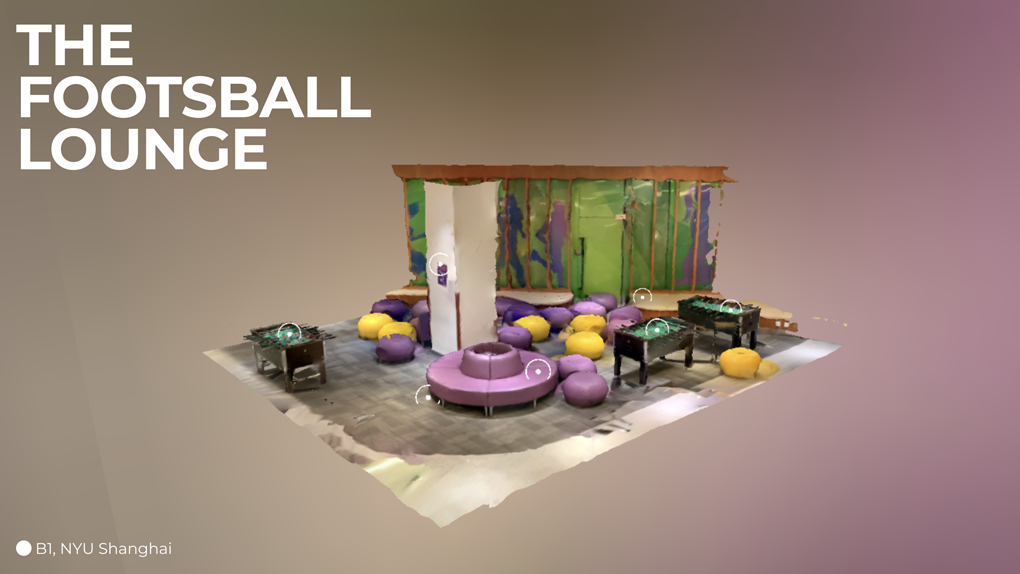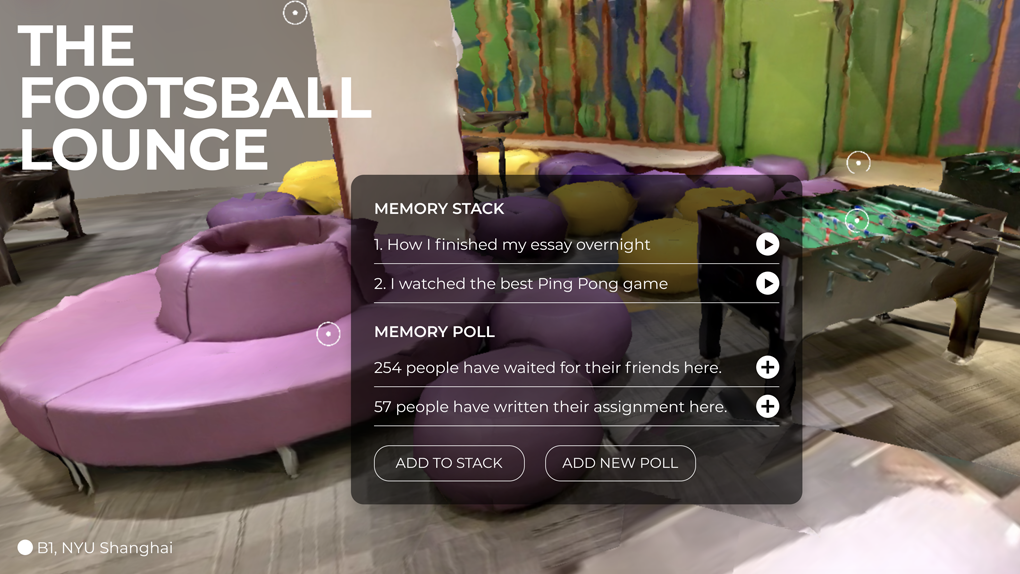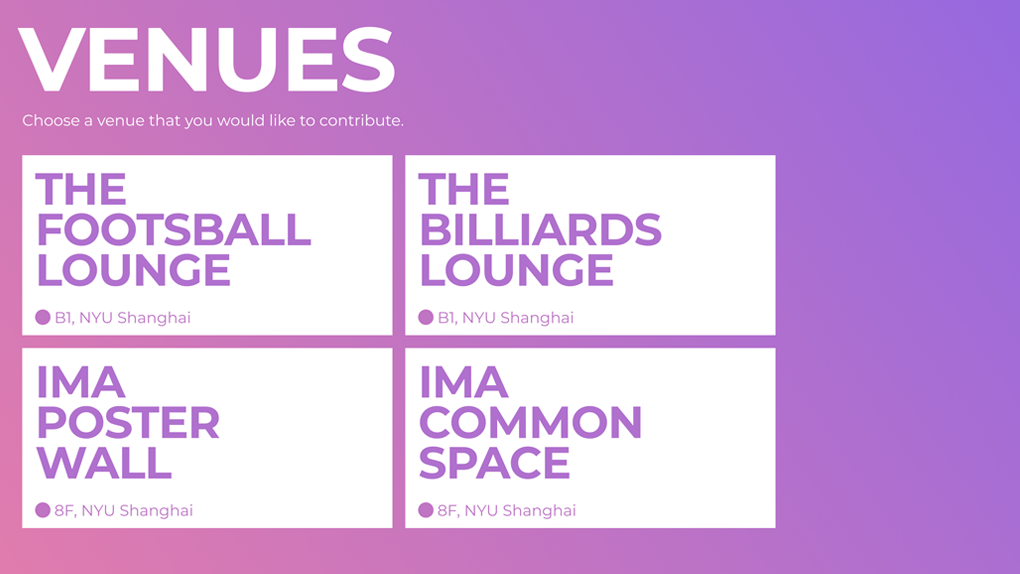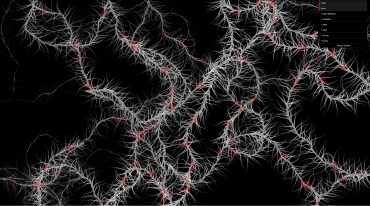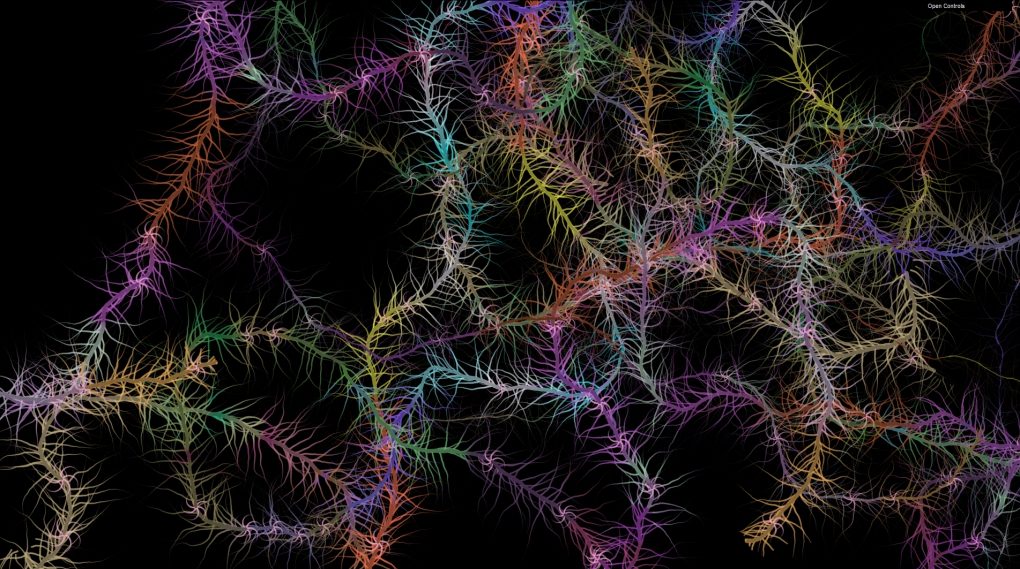Erase for new interpretation, 台北夢Taipei Dreams is an interactive website that contains more than 50 erased stories of people who have come to Taipei, the capital of Taiwan.
s
https://vimeo.com/418902703
Description
Entering, assimilating, and then reinterpreting, the experience of accommodating to a new city is conceptually aligned with both the technical and poetic process of erasure poetry—a text being encountered, read, and eventually “erased” in forming new interpretations of an existing narrative. Taipei is like no others, but as one index city seems to entail a common metropolitan theme built up with the burdens of people’s ambitions and aspirations on a scale of different visibilities. These stories of “dreams” come from mostly university students/graduates around my age who have moved to Taipei for work or study. With a lot of comparings and imitations in the highly competitive environment, it seems like many are subconsciously living out the stereotypes of what they expected people in Taipei would be like. Perhaps, the biggest stereotype is that Taipei is an absolute place of dream-come-true as they first entered in their own processes of wayfinding, where “dreams” are in fact very much overlapped. The diverse yet homogenized complexity of these stories have to deal with the dynamic between collectivism and individualism. Each story is of one unique person, but comes together as one.
Taking the form of erasure poetry as part of the social practice of this project, I hope to explore the dynamic from a personal perspective. By translating and erasing others’ stories whose original texts were in Traditional Chinese, I have entered a virtual space of the city of embedded dreams, and finding my very own reinterpreted from others’ real life endeavors. The website not only provides a freely explorative experience, but a collection of city experiences, which does not have the magic to achieve one’s dreams, but through interactive engagements invites people to reflect on their own encounters. Through 台北夢, we could be closer to our dreams.
IMA/IMB Shanghai
INTM-SHU.401.1
Capstone Studio (Shanghai)
Culture,Narrative/Storytelling
